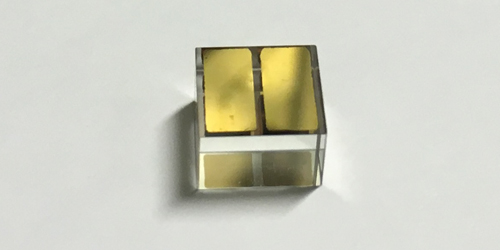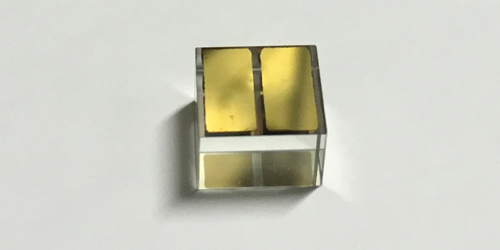Light Tuner Slows Down to Shift
Researchers have developed a new optical frequency shifter that is essentially a tunable filter: it changes its frequency window while light passes through it. Because the filter also slows the light to a small fraction of its normal speed, the light follows this change and shifts its frequency. Various frequency-shifting methods already exist using, for example, acousto-optic modulators and photonic crystal cavities. However, these devices typically don’t work unless the light comes in at a specific angle. By contrast, the new frequency shifter, from Stefan Kröll and colleagues at Lund University, Sweden, is insensitive to the incoming light’s direction.
Their device is based on an yttrium silicate crystal doped with rare-earth ions of praseodymium (Pr). The Pr ions normally absorb light in a broad frequency range, but the team burned a “spectral hole,” or transmission window, with a laser that essentially deactivated this absorption in a narrow frequency band. This filtering is accompanied by strong dispersion effects that slow down the transmitted light, causing it to spend roughly 4 s in the 10-mm-long crystal. During this time, the researchers manipulated the Pr absorption using electric fields, so that the passband moved to higher or lower frequency. The light emerged shifted by 4 MHz, but the team envisions ways to increase this to 100 GHz. The crystal accepts light from almost any direction, so the device could conceivably shift the frequency of randomly scattered light. This feature could be useful in ultrasound optical tomography, in which a shifter could help reset a probe beam to its original frequency after it has scattered from an ultrasound-stimulated focus.
This research is published in Physical Review A.
–Michael Schirber





